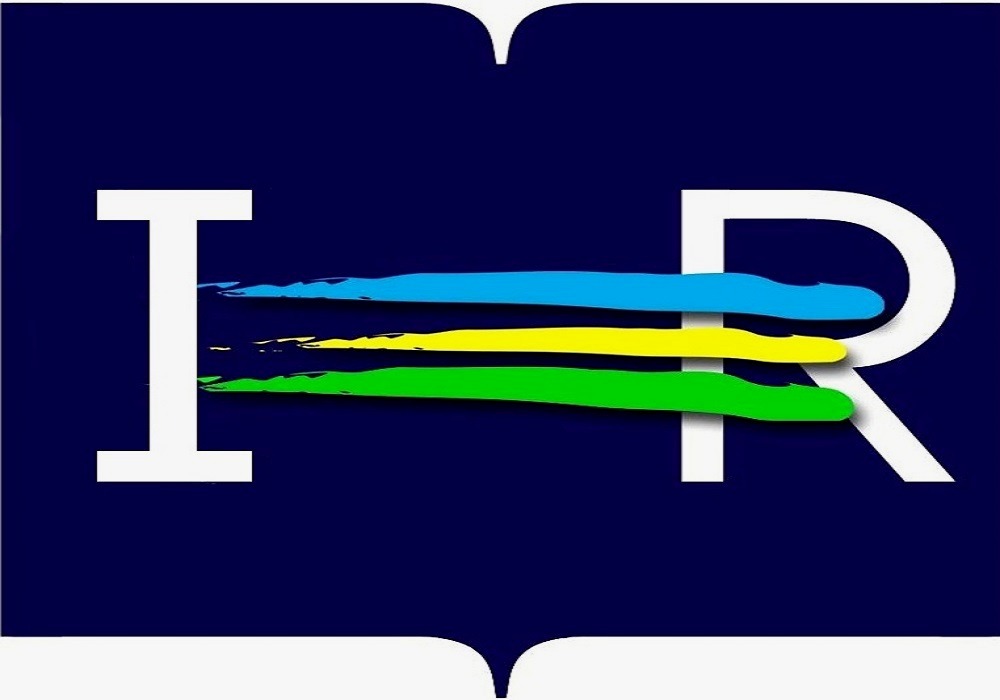Solid waste characterization and management practices in rural communities, Tehran and Alborz (Iran)
| Title: | Solid waste characterization and management practices in rural communities, Tehran and Alborz (Iran) | |
| Author(s): | Ali Reza Asgari Tahereh Ghorbanian ·Daryoush Dadashzadeh | |
| Journal: | The Journal of Solid Waste Technology and Management | |
| Abstract:
|
The aim of this study was to determine the quality (composition) of solid waste of rural communities in Tehran and Alborz provinces and current conditions of the solid waste management in this area. 18 villages were chosen and after primary training of people, information about the collection, transport, and disposal of these wastes was obtained by questionnaires. In most villages, the waste collection method was door to door. The results showed that the average household waste generation rate was 0.44 kg.cap-1.day ⁻¹ and the highest waste generation rate was in spring. The composition of household waste consisted of organic and food waste, paper and cardboard, plastics, metals, rubber, textiles, glass, woods, and other waste as 46.14%, 6.2%, 6.8%, 5.45%, 3.28%, 4.35%, 4.97%, 9.31%, 5.28%, respectively. Source separation and recycling programs can be considered as an effective approach for the solid waste management in these areas due to 23.42 % of generated waste were directly recyclable. The mean density of household waste was 442 kg.m ⁻³ , while the maximum and minimum density of the generated waste were 441.5 ± 138.87 and 346.97±101.74 in summer and fall, respectively. The total amount of agricultural wastes was 619321.612 ton. yr ⁻¹ . According to the obtained results, providing a systematic waste management approach by considering the source segregation of waste for separation of the recyclable wastes and compost of organic and food wastes is recommended. | |
| Collaboration: |  |
|





ارسال نظر